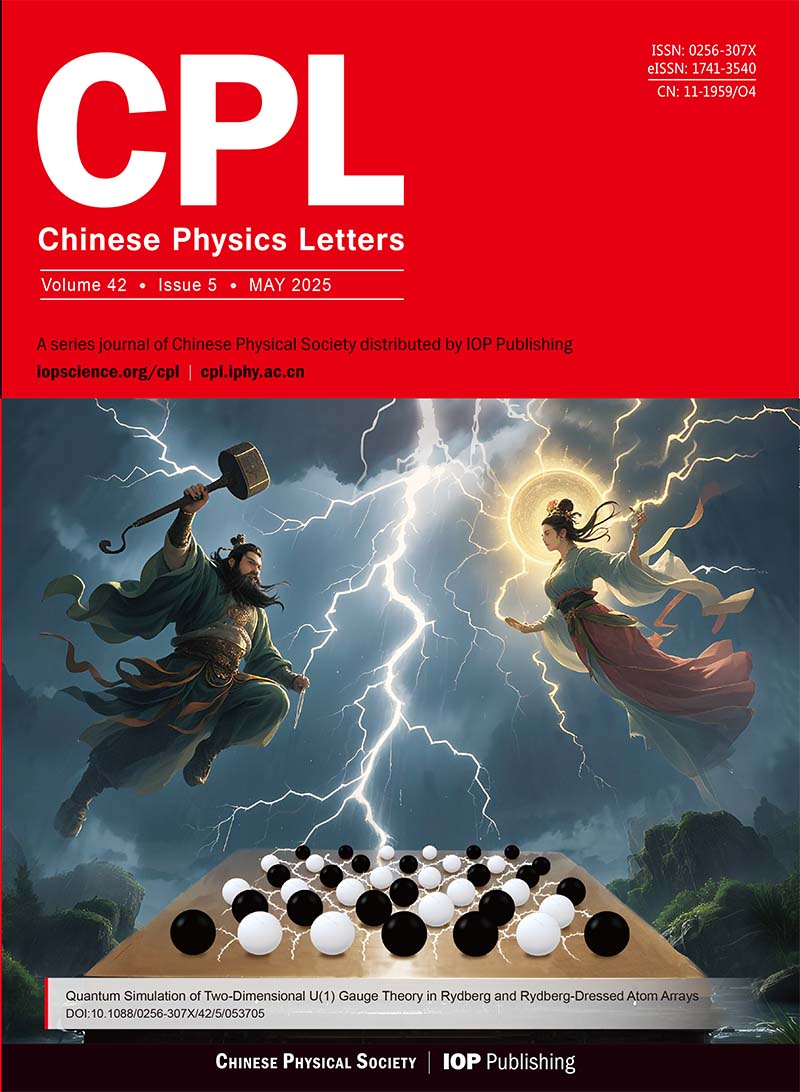Four Types of Percolation Transitions in the Cluster Aggregation Network Model
- Available Online: 01/01/2018
Abstract: We study the percolation transition in a one-species cluster aggregation network model,in which the parameter α describes the suppression on the cluster sizes.It is found that the model can exhibit four types of percolation transitions,two continuous percolation transitions and two discontinuous ones.Continuous and discontinuous percolation transitions can be distinguished from each other by the largest single jump.Two types of continuous percolation transitions show different behaviors in the time gap.Two types of discontinuous percolation transitions are different in the time evolution of the cluster size distribution.Moreover,we also find that the time gap may also be a measure to distinguish different discontinuous percolations in this model.

 首页
首页 登录
登录 注册
注册






 DownLoad:
DownLoad: